Korean traditional dance is more than a performance art — it’s a poetic embodiment of Korea’s spiritual, emotional, and historical roots. Few people understand this better than Melissa Minseong Seo, the artistic director of the Berlin Korean Dance Project. With her background in both visual and performing arts, Melissa has made it her life’s mission to introduce the depth and beauty of Korean dance across Europe.
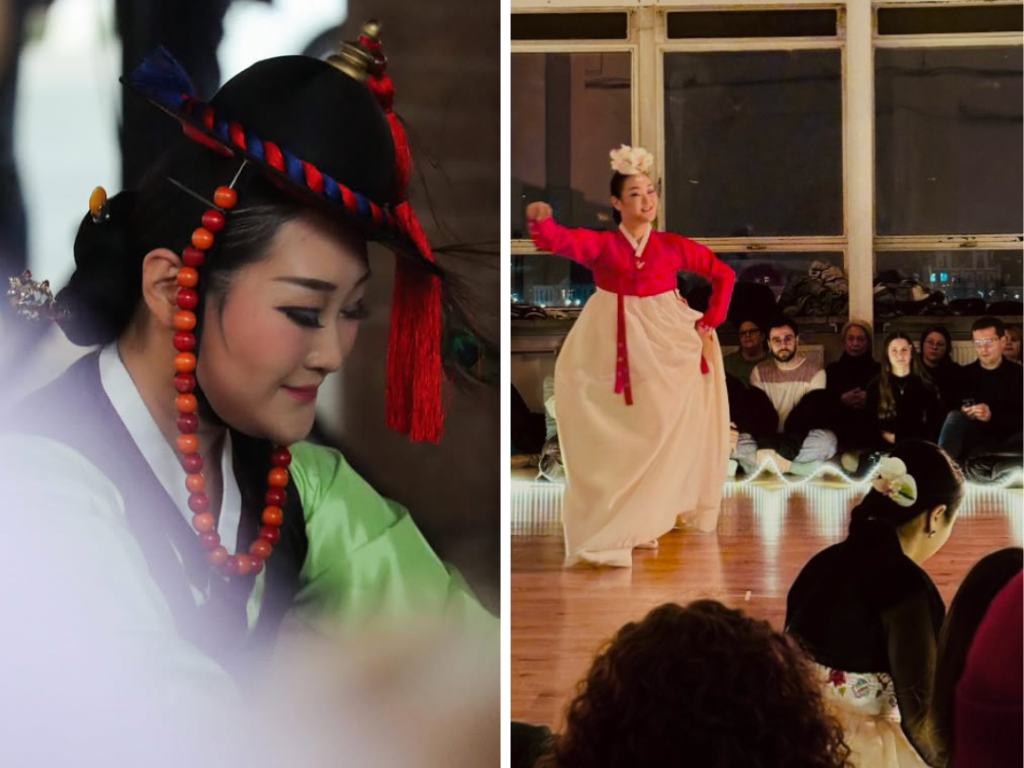
I had the chance to speak with her via email between May 28 and July 11, 2025, after her return to Romania as a guest at the K-Lovers Festival in Bucharest — an event that brought Korean culture closer to local audiences. Our exchange was a chance to explore her personal journey, the Romanian public’s response to Korean dance, and her hopes for the future of cultural dialogue through movement.
PERSONAL AND ARTISTIC VISION
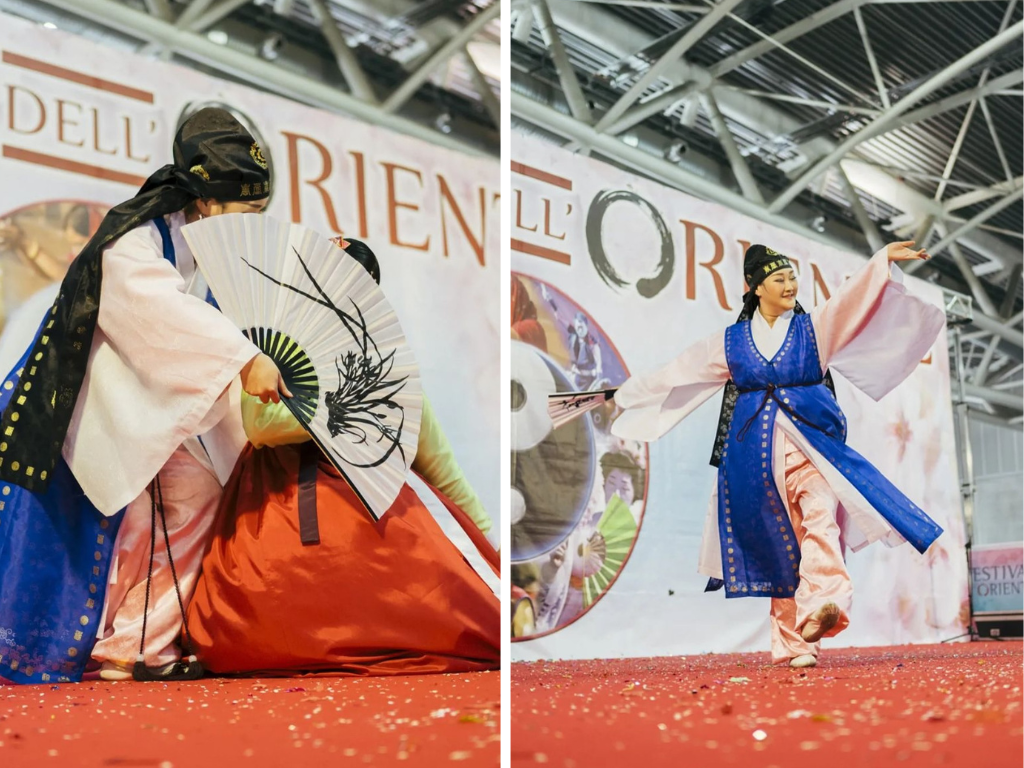
Can you briefly introduce yourself for our readers, and tell us how you began your journey in Korean dance?
Melissa: Hello, my name is Melissa Minseong Seo (서민성). I am the artistic director of the Berlin Korean Dance Project, an initiative that introduces traditional Korean culture and arts across Europe. Originally, I was a gifted visual arts student (미술영재) and pursued fine arts, but I was deeply moved when I first encountered Korean traditional performing arts. I was drawn to the fact that Korean traditional dance is not only about movement, but a total art form encompassing music, attire, etiquette, and spirituality. That realization led me to study dance professionally at an arts high school and university, and since then, I’ve dedicated myself to sharing the beauty and depth of tradition with others.
What inspired you personally to dedicate your life to dance and cultural promotion? Was there a pivotal moment or figure in your life?
Melissa: Both of my parents are artists, so I grew up surrounded by art, it was a natural part of my world from an early age.
Looking back at your career, what has been your most personally meaningful project or performance so far – and what made it stand out for you?
Melissa: One of the most personally meaningful projects I directed was Media Sanjo in 2021. I conceived and led the project as the artistic director, and it was a powerful attempt to reinterpret the traditional Korean sanjo form by integrating it with contemporary media art. The performance brought together Korean dance, traditional music, and immersive visual media, creating a new kind of dialogue between the past and the present. It was supported by the Korean Cultural Center in Berlin as part of the Koreanisches Kulturzentrum Excellence Award 2021.This project made me realize how traditional art forms can evolve into compelling new expressions when met with different mediums, and it deepened my belief that Korean dance is not a relic of the past, but a living art form.
THE ROMANIAN EXPERIENCE
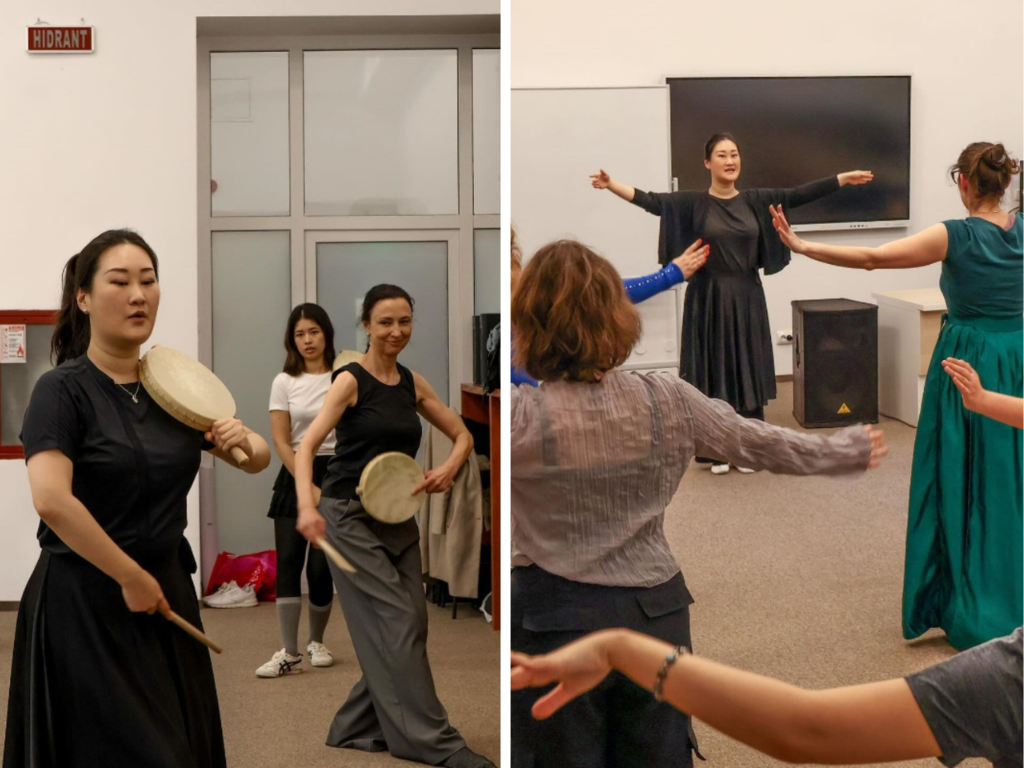
How was your experience at the K-Lovers Festival in Bucharest? Was this your first time in Romania?
Melissa: This was actually my second visit. In 2023, I was invited to present a traditional Korean fan dance workshop and to perform a Buchae Sanjo dance piece at the K-Lovers Festival. This year, thanks to the kind invitation of Diana Peca from CSRK (Romanian-Korean Studies, Romanian-American University), I was able to return. I received such a warm welcome and was moved by the passion and care shown in every part of the festival program. I felt very grateful to share Korean traditional dance including Sogo (small drum) dance, and Korean dance with K-pop beat in such a heartfelt setting. I will never forget the expressions and reactions of the audience as they encountered Korean traditional dance for the first time.
How did Romanian participants respond to the Korean dance workshops? Were there any moments or reactions that stayed with you?
Melissa: At first, participants were a bit shy and hesitant. But as they began moving their bodies and connecting with the rhythm, their expressions lit up. One particularly memorable moment was when they picked up the sogo drum and started learning the basic rhythmic patterns, there was so much joy in their faces. It was one of those moments when dance and music transcend borders and speak directly to the heart.
Do you think Korean traditional dance resonates differently with Eastern European audiences than with those in Western Europe?
Melissa: Yes, I believe there are differences rooted in cultural and historical sensitivity.In my experience, Eastern European audiences often respond more intuitively and emotionally to the ritualistic and narrative aspects embedded in the gestures of Korean dance. In some ways, they seem to connect more deeply and spiritually, and that’s been very moving to witness.
DEEPENING THE CULTURAL ANGLE
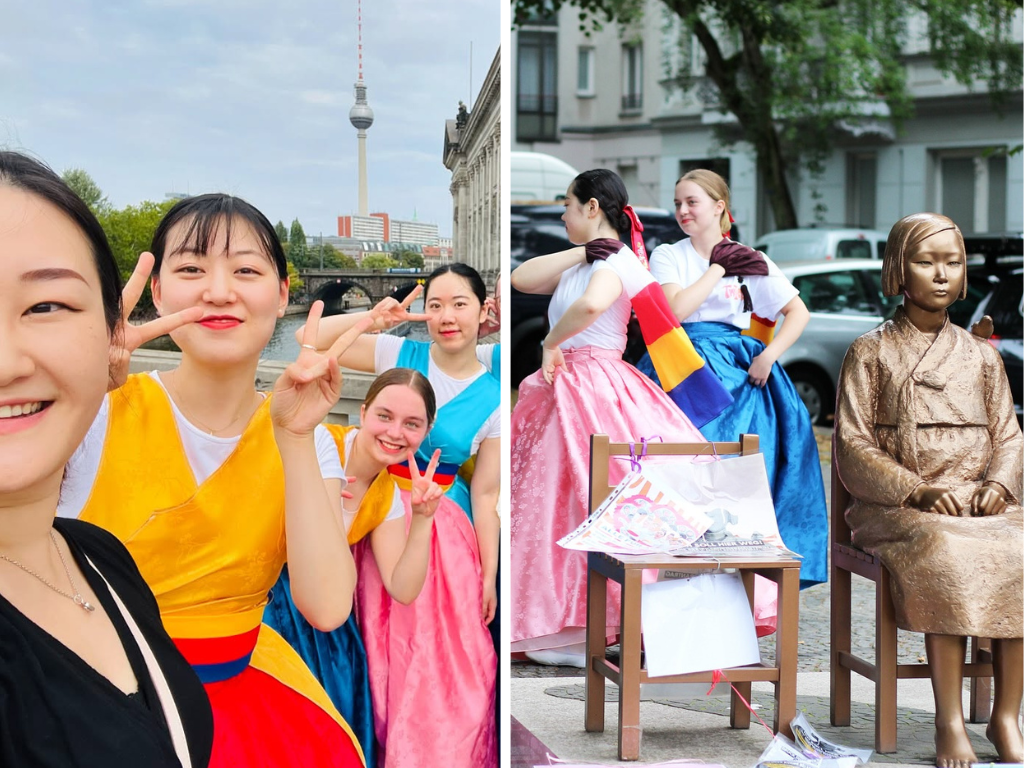
How do you approach the balance between preserving the authenticity of traditional Korean dance and adapting it to international audiences who may be discovering it for the first time?
Melissa: My approach is: “Form rooted in tradition, spirit open to the world.”I strive to preserve the traditional breathing techniques, musical elements, and costume aesthetics, while using contemporary stage designs or narrative explanations to bridge cultural gaps. For me, keeping tradition alive doesn’t mean merely repeating the past, it means expressing its essence with sincerity.
From your perspective, how is traditional Korean dance evolving outside Korea? Have you seen unique reinterpretations or fusions emerging in the diaspora?
Melissa: Many artists are now exploring their own interpretations by freely moving between traditional and contemporary genres.I’ve also been experimenting with projects that connect Korean dance with European sensibilities. I believe these cross-cultural dialogues show how tradition is not static, but a living, breathing presence.
You’ve been an ambassador for Korean culture through dance. In your view, can Korean traditional dance join the global cultural wave the way K-pop or K-dramas have? What might be needed for that to happen?
Melissa: Absolutely. But unlike pop culture, traditional dance spreads more slowly and deeply.
To grow internationally, it must be offered as a sustainable, immersive experience rather than a fast-moving trend. Education, performances, workshops, and consistent cultural diplomacy are essential to nurture that kind of long-term connection.
What advice would you give to non-Korean dancers who want to approach Korean traditional dance with respect and authenticity?
Melissa: Each movement in Korean dance carries deep philosophy and meaning. More than mastering technique, dancers should seek to understand Korea’s history and emotional landscape. Since Korean traditional dance is a total art form that includes dance, music, costume, history, and etiquette, those who approach it with curiosity and openness will experience a much deeper connection. And if you wish to learn more, I’d be happy to connect with you personally.
What do you hope people carry with them after experiencing Korean dance — whether through a performance, a workshop, or a simple first encounter?
Melissa: I hope they are left with a quiet resonance. Not something flashy or loud, but a subtle trace like a soft grain of emotion that lingers in the rhythm of everyday life, even after the performance ends.
ABOUT THE BERLIN KOREAN DANCE PROJECT
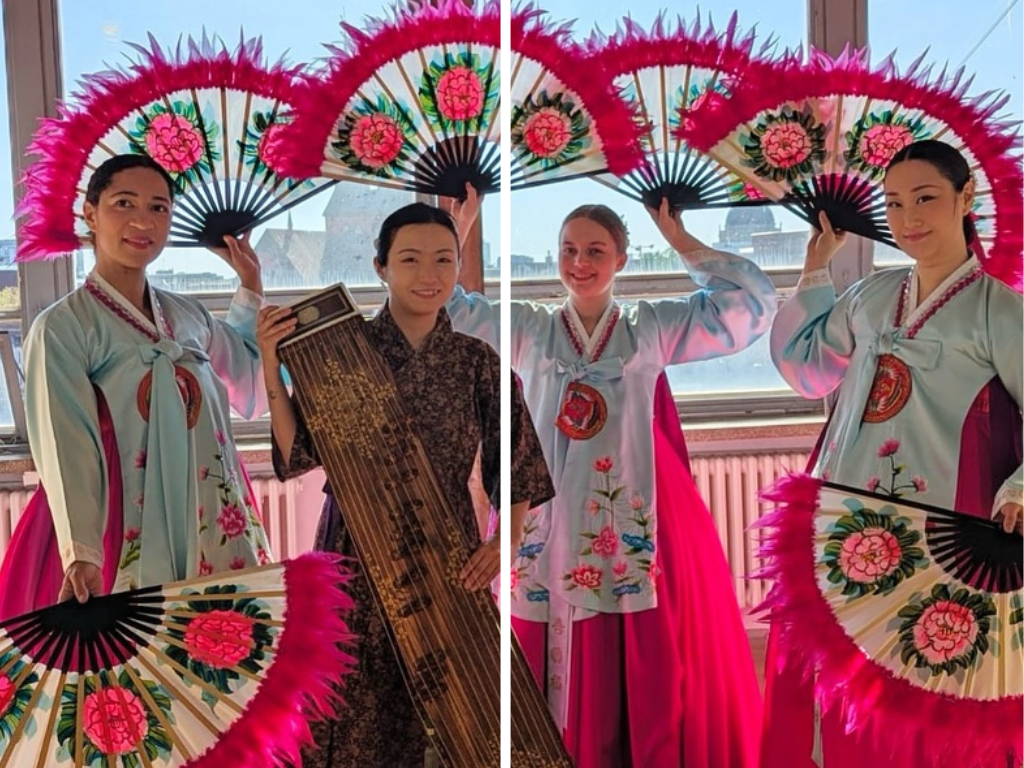
Tell us a bit about the Berlin Korean Dance Project.
Melissa: The Berlin Korean Dance Project is a platform and artistic initiative focused on introducing the aesthetics of Korean traditional dance and arts in Europe.Through regular classes, performances, workshops, and interdisciplinary collaborations, we explore how tradition can breathe naturally within contemporary society.
Are there any upcoming collaborations, festivals, or performances we should keep an eye on in 2025?
Melissa: Yes, since 2021 we’ve hosted an annual year-end performance every December. In 2025, we will again present a concert in Berlin under the name Bibim Korean Art Concert, in collaboration with various Korean cultural artists such as the Berlin Korean Dance Project, a Gayageum ensemble, the Sori-Chum (Sound & Dance) piece, a Taekwondo team, and K-pop dance groups.
How do you envision the future of the Berlin Korean Dance Project? Are there plans to expand to new European cities or take Korean dance to new communities?
Melissa: Yes, although we are already actively working across Europe including Germany, Romania, Poland, France, Belgium, and Italy, I hope to introduce Korean traditional dance and arts to even more regions. My long-term vision is to build lasting relationships with local communities and create opportunities for people to encounter Korean traditional dance as a part of everyday cultural life, not just on stage. Since last year, I’ve also been gradually resuming activities in Korea, focusing on collaborative programs and classes for non-Korean participants, with the aim of building new intercultural bridges from both ends.
FINAL THOUGHTS
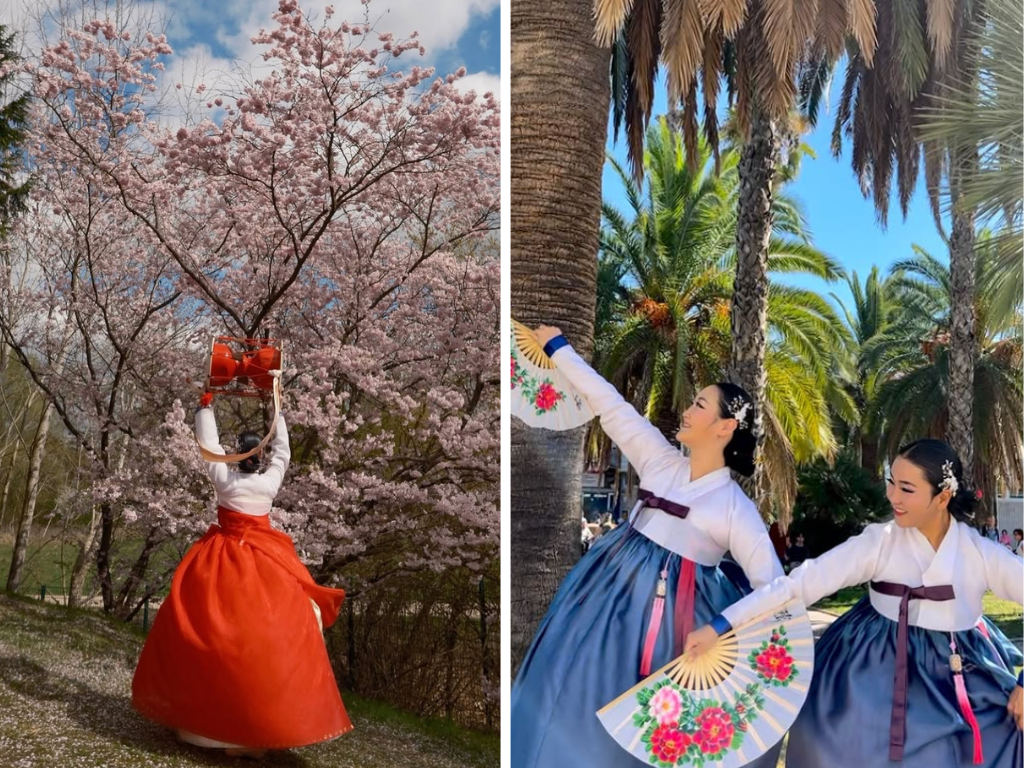
As a final message, what would you like to say to readers — especially those discovering Korean dance for the first time through your work?
Melissa: Korean traditional dance is an ancient story. But it’s also one of the most delicate languages for expressing the emotions of this very moment.If this is your first encounter, don’t be intimidated, just watch with an open heart.And remember, Korean traditional dance is a total art form that includes dance, music, attire, history, and etiquette. Alongside K-pop, K-dramas, K-beauty, and K-food, I hope you’ll also explore the richness of traditional Korean arts.
Melissa Minseong Seo is more than a dancer — she is a cultural bridge, guiding audiences across continents into the soul of Korean tradition. Her work reveals that Korean dance is not just something you watch, but something you feel, remember, and carry with you. As the global interest in Korean culture continues to rise, voices like hers ensure that tradition remains not only relevant but alive, evolving, and deeply human.
How about this article?
- Like1
- Support0
- Amazing4
- Sad0
- Curious0
- Insightful1


